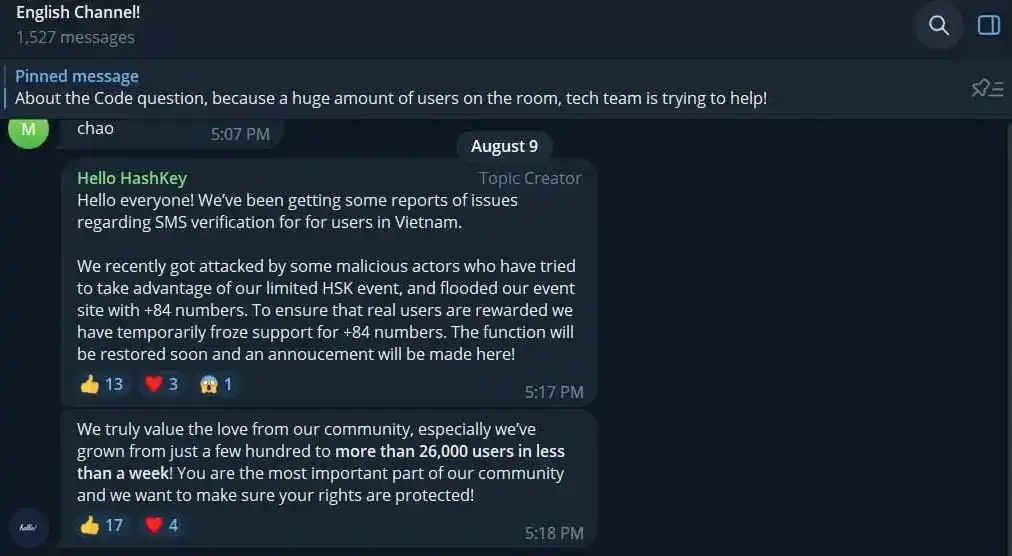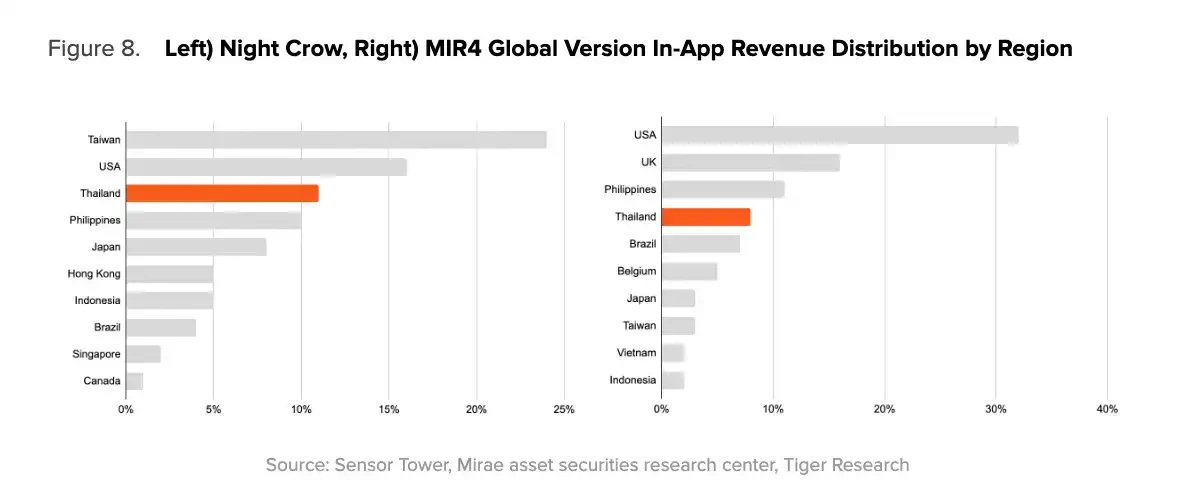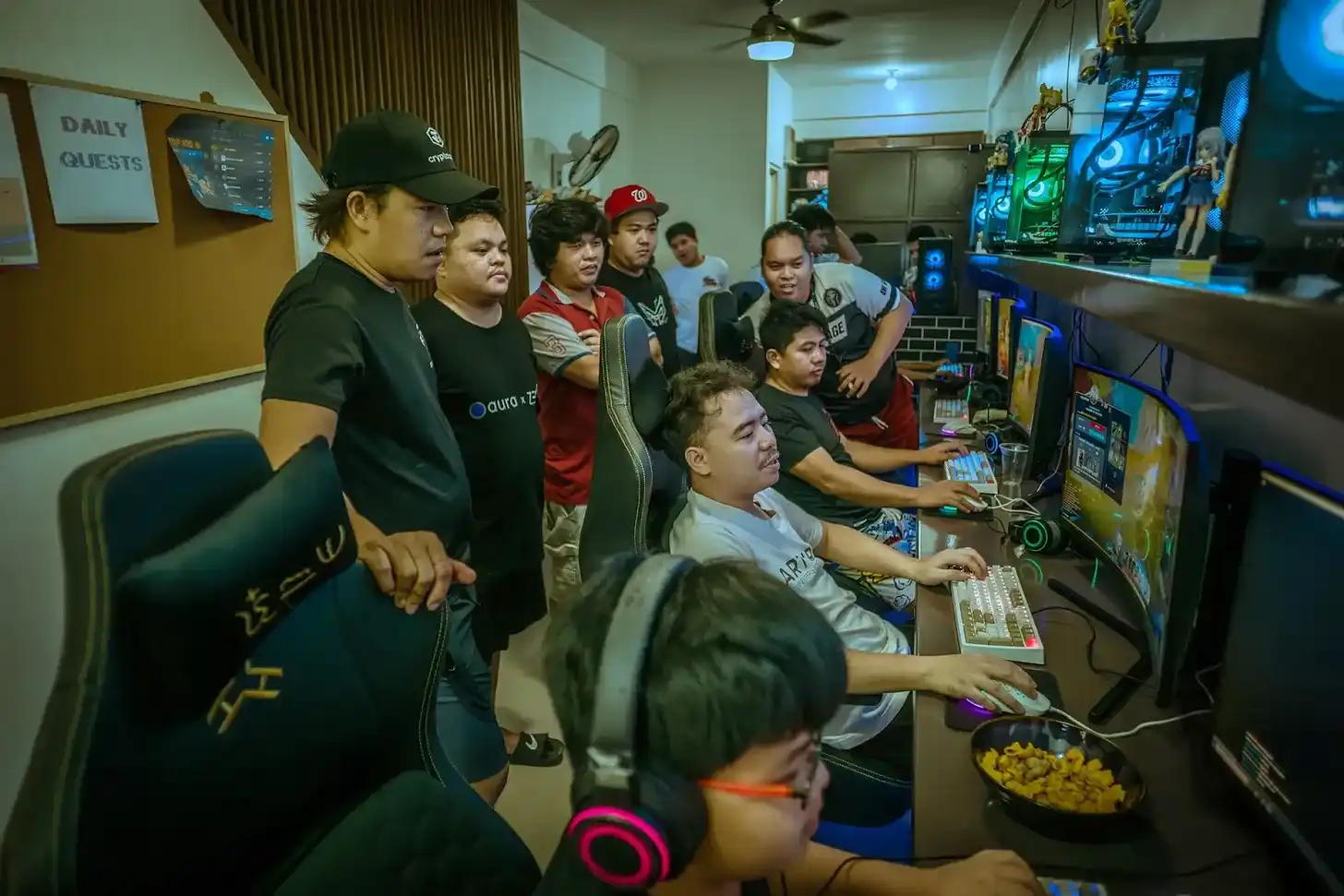Deep Dive: Why Southeast Asia is a Key Market for Web3 Games
Original title: Are Web3 Games Still Popular in Southeast Asia
Original article by Jay Jo and Yoon Lee
Original translation: Ladyfinger, BlockBeats
Editors Note: Jay Jo and Yoon Lee conducted an in-depth analysis of the current status of the Southeast Asian Web3 game market and the challenges and opportunities it faces. Although the volatility of the cryptocurrency market has brought shocks to P2E games, Southeast Asia continues to show its important position in the Web3 game field with its large young user base, high sensitivity to rewards, and active payment behavior. The article also pointed out that the Internet cafe culture and Web3 guild culture in the Southeast Asian market provide a unique social foundation for the further development of games. Although problems such as regulatory uncertainty and token farm operations still exist, the potential and vitality of the Southeast Asian market make it a strategic focus that cannot be ignored by Web3 game companies. BlockBeats translated the original text as follows:,
TL;DR
-
The sharp decline in the cryptocurrency market has affected many P2E games, and the number of Southeast Asian users has dropped significantly. Nevertheless, Southeast Asian users are still an important group, contributing significant network traffic to mainstream Web3 games.
-
There are three reasons why Web3 gaming is booming in Southeast Asia: it remains an important source of revenue, success stories are a strong motivator, and a relaxed regulatory environment supports market vitality.
-
The core value of Web3 games, which is to reward users, ensures that Southeast Asian users will continue to play a key role. In addition, the region’s unique characteristics, such as Web3 guilds and internet cafe culture, will have a positive impact on market development.
introduction
Southeast Asia is a key market for Web3 games, and many game companies are looking to expand. This is because there are a large number of young people in the region who are familiar with Web3 culture, and the popularity of the P2E model in the past has established a strong user base.
However, as token prices have fallen, investment-oriented users have drastically decreased, and some believe that the market is no longer as attractive as before. This raises the question: Is the Southeast Asian market still a high priority for Web3 game companies? In this report, we analyze the current state of the Southeast Asian Web3 game market and take a closer look at whether it is still attractive and what opportunities and challenges it offers.
Are there still many Web3 gamers in Southeast Asia?
Due to the overall price drop in the cryptocurrency market, the number of Web3 game users in Southeast Asia has indeed dropped significantly. Many players in the region were so invested in P2E games that they took out loans to participate, resulting in financial losses and mass exits from the market.
However, despite the decline, Southeast Asia still accounts for a significant proportion of Web3 game users. While there is no denying the market is trending downward, Southeast Asian players still account for a high proportion of recent Web3 game launches. In fact, an analysis of website traffic to major Web3 games over the past three months shows that countries such as the Philippines and Indonesia continue to constitute the core user base.
Pixels Language Channel, Source: Pixels Discord
In addition to website traffic, the popularity of the Southeast Asian region is also reflected in the selection of Discord country channels for the Web3 game Pixels. As seen above, the number of players from Southeast Asian countries is unusually high, accounting for about 53% of the total. We estimate that their continued interest and high engagement in Web3 games is driven by the following three factors:
Web3 games are still profitable
Source: The New York Times
Southeast Asian users are actively participating in Web3 games mainly for economic reasons. These games are seen as a way to generate substantial income. For example, the daily minimum wage in the Philippines is about $10, and participating in P2E games has the potential to earn the same or even more.
According to the latest survey of Pixels gamers, as one of the most popular P2E games, the average casual player can earn about 50 PIXEL tokens, equivalent to $11, with only 4 to 8 hours of game time per day. For more skilled intermediate players, the daily income can reach 200 PIXEL, about $45; and the daily income of high-level players is as high as 400 PIXEL, about $92. Considering the possible growth in the value of the tokens, these benefits have continued appeal to Southeast Asian users.
success case
Source: John Aaron Ramos
Success stories in the P2E gaming space are another key factor that attracts many people to Web3 games. The huge success of games like Axie Infinity in history still inspires many players today. Take Aaron Ramos, a young Filipino man, for example. He earned enough from playing Axie Infinity to buy two properties. Stories like this not only highlight the huge financial potential of P2E games, but also become a strong driving force for Southeast Asian players to continue to participate in the game. Although there have been cases where some players have suffered losses due to failed investments, the fear of missing out (FOMO) has played a key role in maintaining player interest.
Relatively relaxed regulatory environment
Southeast Asia has not yet established a clear Web3 game regulatory system. This relatively relaxed regulatory environment has promoted the rapid development of the market in the short term. It reduces the difficulty of market access for developers and players, thereby stimulating market vitality.
Results of a survey on Korean players’ emotions towards P2E games (n= 6, 324)
Data source: THIS IS GAME
To understand this more deeply, we can compare the situation in South Korea. South Korea has implemented strict regulatory policies on P2E games, making such games almost impossible to carry out locally. P2E games are not only difficult to legalize in South Korea, but also difficult to monetize, and are generally viewed negatively. This sharp contrast highlights Southeast Asia’s relative advantages in the Web3 gaming industry.
Challenges and opportunities in Southeast Asia
Southeast Asia plays an important role in the Web3 gaming sector, and has become a major force in the market with its large user base. However, the market also faces some significant challenges.
Hashkey’s announcement on Vietnam’s ban, source: Telegram
The problem of token farm operations is prevalent throughout the Web3 gaming industry, not just the games themselves. Take Vietnam as an example. Recently, Vietnamese users have shown great enthusiasm for participating in HashKeys airdrop activities. This overactive behavior even alerted HashKey, who suspected that there might be token farm operations behind it, which eventually led to HashKey blocking Vietnamese phone numbers. This incident highlights the need for further regulation and improvement in the Web3 gaming industry in terms of supervision and integrity.
Even if users do not participate in token farming, there is still another problem in the Web3 gaming space: users may become overly dependent on the reward mechanism. If the rewards are reduced or cancelled, users may lose their strong motivation to continue participating, which may lead to a significant decrease in the number of real contributors in the long run, posing a threat to the healthy development of the entire ecosystem.
However, the reward-driven incentive mechanism is still a key factor in the operation of Web3 games. The high sensitivity to rewards is the core driving force for users to participate in Web3 games. Attracted by rewards, Southeast Asian users are willing to invest. Although not all users participate in the game for long-term and healthy motivations, their active participation plays a vital role in the formation and development of the emerging ecosystem of Web3 games.
Data source: Special Report 2024 Thailand Web3 Market Report, @Tiger Research
This further promotes Southeast Asia as an important market that gaming companies cannot ignore, as Web3 games in the region show a high in-game purchase rate. Although Southeast Asia is generally considered a region with low purchasing power, Web3 games here have shown a positive payment trend, bringing significant in-app purchases. Especially in the Philippines and Thailand, WeMades Night Crow and Mir 4 ranked third and fourth in the in-app revenue rankings, highlighting the potential of this market. Overall, the Web3 game market in Southeast Asia is a complex and dynamic market full of opportunities and challenges.
in conclusion
Although the Web3 gaming model has evolved in recent years, its core value – rewarding users – remains unchanged. For example, the immediate reward mechanism of the P2E model has gradually evolved into the P2A (Play to Airdrop) model, which provides rewards in the form of future tokens. Despite the change in form, the core position of the user reward mechanism has not been shaken. For this reason, Southeast Asia, with its high sensitivity to rewards, is likely to continue to be a key market for the Web3 gaming industry.
Source: The New York Times
The attractiveness of the Southeast Asian market is not only based on rewards, but also on several other factors: 1) a large population with a low median age; 2) a user base with a high willingness to pay for Web3 games; 3) Internet cafe culture and Web3 guild culture, which are expected to play an important role in the development of the Web3 game market.
The Web3 game market is still in its early stages of development, and the Southeast Asian market plays a vital role in this process. Users in the region are not only actively participating, but also making substantial contributions to the advancement and innovation of games through their participation. The Southeast Asian market is gradually becoming a testing ground for extensive testing and large-scale application of Web3 games. Although it may be challenging to acquire a stable user base in the short term, this also provides valuable opportunities for verification and improvement of various aspects of the game.
In summary, the Southeast Asian market remains an attractive area for the Web3 gaming industry due to its unique advantages. If Web3 gaming companies can deeply understand and effectively utilize the characteristics of the region, they will be able to achieve business growth and expansion.
This article is sourced from the internet: Deep Dive: Why Southeast Asia is a Key Market for Web3 Games
Headlines The average trading volume of the seven largest Bitcoin spot ETFs in the United States increased by 72% in the past week compared with the beginning of the month According to Santiment monitoring, in July, the average daily trading volume of the seven largest Bitcoin spot ETFs in the United States was US$1.75 billion. The average trading volume from July 1 to 3 was US$1.24 billion, and the average trading volume from July 4 to 10 was US$2.13 billion (an increase of 72%). The German government address withdrew a total of 2,442 BTC from CEX and other addresses this morning According to Arkham monitoring, a wallet address marked as German Government withdrew a total of 2,442 BTC (about 141 million US dollars) from CEX and other addresses this morning,…
















